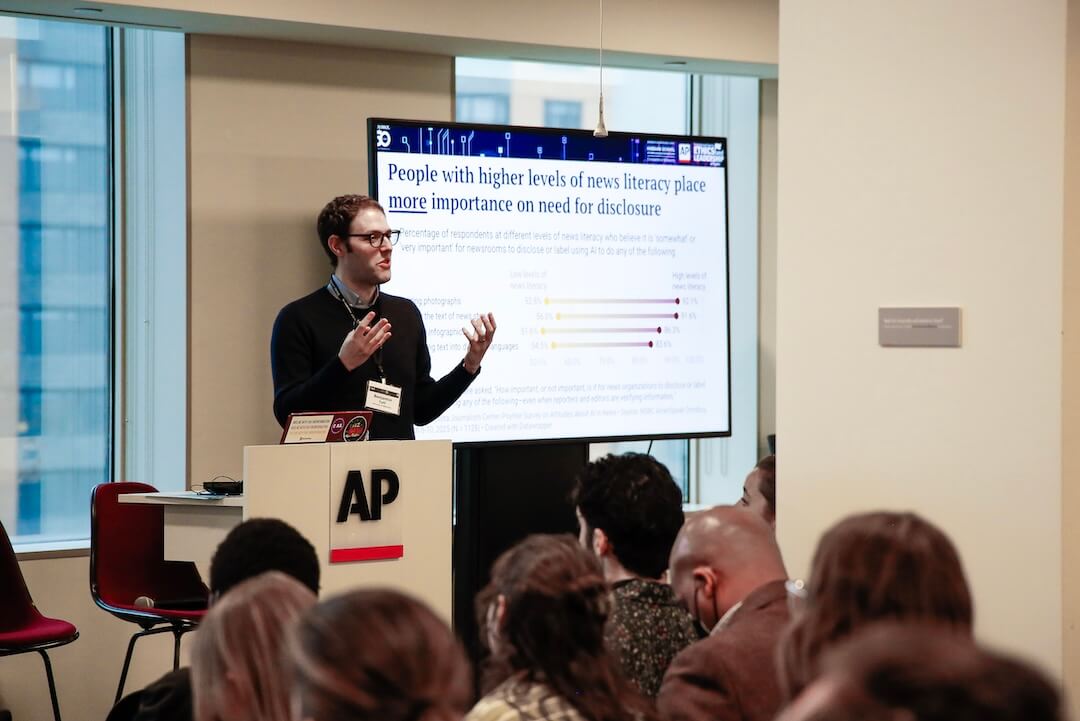This was to be a year of convalescence for newspapers, not a total recovery but a dramatic improvement on the dismal results of 2008 and 2009. However, with third-quarter earnings in and just seven weeks left in 2010, the industry’s vital signs are distinctly mixed.
The good news first. Newspapers are solvent and profitable, often quite profitable on an operating basis. Only a handful went out of business during the great recession. Newspaper companies now are generating enough cash to pay down debt and finance robust exploration of potential new digital revenue streams.
But I see at least seven signs of continuing trouble in the near term and a bumpy path to the mythical “new business model.”
1. Advertising revenues are still falling. The declines are no longer 20 percent-plus year-to-year as in 2009. But the progression toward slower losses stalled in the third quarter, with advertising falling about 5 to 6 percent at most public companies, about the same as the second quarter. September was a down month, and
a tepid holiday season looms with online shopping gaining share against the brick-and-mortar stores newspapers count on. Some companies with local broadcast properties had results buoyed by the boom in political advertising, but that ended the day after the midterm elections.
2. Online and other digital growth doesn’t take up the slack. Many companies have been reporting double-digit growth, year-to-year in the digital part of their businesses. But it is too small a share of the whole to carry a turnaround, and that is likely to remain true for years.
Take a company well into transformation, where digital is 12.5 percent of revenues and growing 20 percent year-to-year. But assume the 87.5 percent of revenues still in print is declining at 8 percent. That nets out to 2.5 points of gain online but 7.5 points of loss in print — an overall decline of 5 percent.
3. Newsprint prices are rising again. Newspaper
companies were able to slash expenses deeply in 2008 and 2009 in part because newsprint prices fell 20 to 30 percent (and they used less of it as papers shrank). When prices cycle down, paper companies typically consolidate and close factories to limit supply, and
now the price is running roughly 20 percent higher and likely to stay that way for at least a year.
When
USA Today publisher Dave Hunke visited Poynter last month he termed the turn in newsprint costs “catastrophic,” then said that might be a bit of an overstatement. But more expensive newsprint is just what the industry doesn’t need as it tries to keep costs in balance with flat or slightly falling revenues.
The price turn also creates a Catch-22 should newspapers begin to sell more print ads or wish to restore space for news that was drastically cut in 2008 and 2009. More ads or additional news content will be a good deal more expensive to print.
4. Other cost reductions are cycling through. With few exceptions, companies have stopped the furlough days and weeks that were common in 2009. So companies have been reporting flat or slightly increasing labor costs in the second and third quarters. Combine that reality with budgeting for 2011, and you are seeing fresh rounds of newsroom and other
staff cuts at McClatchy,
Gannett and other chains and individual papers.
5. Circulation revenues have gone flat. In 2008 and 2009, the national papers and most metros aggressively raised both home delivery and single-copy prices. Typically, even after losing some circulation as a result, they registered a modest circulation revenue gain. The trend stopped this year; the industry seemed to have decided collectively it was time to give aggressive pricing a rest. So, continuing print circulation losses translate to a small drop in circulation revenue. And of course, paid online content remains a non-factor most places.
6. The “death spiral” cycle continues. Lower circulation depresses advertising rates. Companies have been telling analysts the current losses are about half volume, half lower prices. Smaller papers produced by fewer reporters and editors lose readers at the margin. And so on.
Still, carrying a big debt load often remains an expensive proposition, swallowing a substantial share of any cash earnings. With weak credit ratings, some newspaper companies must pay double-digit interest rates as they refinance, creating the odd situation where debt is less but interest payments are higher than in 2009.
I listened in recently to the third-quarter earnings conference calls of two spin-off companies that are essentially debt-free —
E.W. Scripps and
A.H. Belo. That is not an unmixed blessing, however. They are getting pointed questions now from analysts about how they will deploy available cash. That, in turn, is a reminder that newspaper companies do not yet have a single solution they can bet on with confidence. They continue to experiment and to wait and see which of those projects pays off.
So does all this mean that the next stop for the ailing newspaper industry is the hospice? Not at all. An accelerating economic recovery could boost print and digital revenues into positive territory in 2011. Nearly all the companies are helping themselves with a diversified mix of digital offerings (like mom sites) and niche print publications (like glossy luxury living supplements). Mobile and/or tablets just might be big, especially for the largest newspapers with the scale to invest in research and development.
For now, however, newspapers remain, like David Copperfield’s feckless friend, Mr. Micawber, rich with “prospects” but thin on current results or a clear path to prosperity.
Share prices for publicly traded companies are up by multiples from their lows in March and April 2009, but nearly all that increase had occurred by the fourth quarter of last year. Wall Street seems of a mind with me on the trajectory of newspapers in 2010 — some good, some bad, but, on balance, flat.






